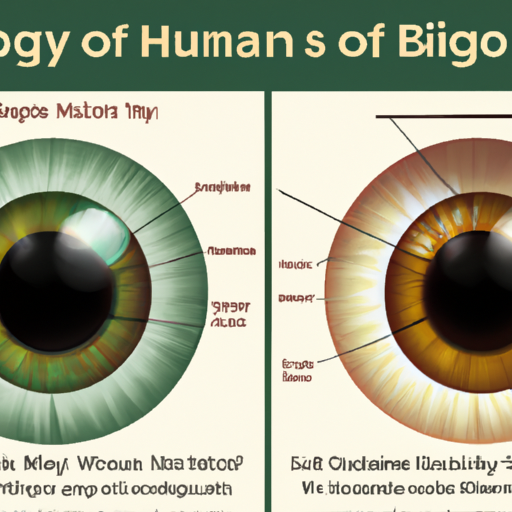As a caregiver to your furry friend, you might wonder about the world they perceive. One of the most commonly asked questions is: “Why are dogs color blind?” This article aims to provide a comprehensive answer to this intriguing question.
H2 – Understanding Color Blindness in Dogs
To understand why dogs are color blind, you first need to grasp what color blindness actually means. In humans, color blindness usually refers to an inability to distinguish between certain colors, such as red and green. However, in dogs, it’s a bit different.
Dogs see the world not in black and white, but in shades of blue and yellow. This is because dogs have only two types of color receptors, or cones, in their eyes, compared to humans who have three. The absence of the third cone, which is sensitive to red light, is what makes dogs “color blind”.
H2 – Evolutionary Reasons for Canine Color Blindness
-
Survival over Sight: Early dogs were primarily nocturnal hunters. Their vision evolved to prioritize night vision and motion detection over color differentiation.
-
Dichromatic Vision: Dogs, like many other animals, have dichromatic vision. This means that they can only see two primary colors, blue and yellow. This is still very useful in the wild, as these colors help them identify important objects like potential prey or predators.
H2 – Comparing Human and Canine Vision
| Humans | Dogs | |
|---|---|---|
| Number of Cones | 3 | 2 |
| Color Perception | Red, Green, Blue | Blue, Yellow |
| Night Vision | Poor | Excellent |
| Motion Detection | Average | Excellent |
As you can see in the table above, dogs and humans perceive the world differently. This is why your dog may not react to a red toy in green grass the same way you do – they simply don’t see the color contrast as we do.
H2 – Impact on Dog’s Daily Life
Despite their color blindness, dogs manage quite well. They rely heavily on their sense of smell and hearing, which are far superior to humans. Next time you’re selecting toys or accessories for your dog, consider choosing ones in colors they can distinguish: blue and yellow.
H2 – The Science Behind This Phenomenon
The science behind why dogs are color blind lies in their retinas. Humans have three types of cones that can identify combinations of red, blue, and green. Dogs, on the other hand, only have two types of cones which can identify blue and yellow.
FAQ
Q: Can dogs see all shades of blue and yellow?
A: No, dogs see a limited range of blue and yellow shades.
Q: Are there breeds of dogs that aren’t color blind?
A: No, all dogs have the same type of color vision.
Q: Can dogs see in the dark better than humans?
A: Yes, dogs have better night vision due to a special layer in their eyes.
Q: Is color blindness in dogs a disability?
A: No, dogs have evolved to use their other senses more effectively.
Q: Can dogs distinguish between different colors of the same shade?
A: It’s unclear, but it’s believed that they may struggle with this.
Understanding your dog’s world from their perspective can help you become a better caregiver. Even though they may not see the rainbow as we do, they experience the world in their own unique, colorful way.



